Suzuki GSX-8S vs SV650: does the SV650 still have a place?
The bike that launched a million motorcycle licences, the SV650 is as much loved by riding schools as it is by racers in the Supertwin class. It is getting on a bit now, though, and when the 2023 Suzuki GSX-8S was announced, many assumed it was going to be the machine to take the place of its older and slightly more simplistic sibling.

The bike that launched a million motorcycle licences, the SV650 is as much loved by riding schools as it is by racers in the Supertwin class. It is getting on a bit now, though, and when the 2023 Suzuki GSX-8S was announced, many assumed it was going to be the machine to take the place of its older and slightly more simplistic sibling.

The thing is, it’s not looking like the SV (which was first introduced in 1999!) is actually going anywhere - at least not in the immediate future. Having spoken to Suzuki, the company is keen to hold on to the V-twin roadster for as long as possible, and with its fairly low-stressed 73bhp engine being fairly easy to manipulate for emissions compliance, while sales of the model are still strong, Suzuki will continue to send them out the door.

In some respects that’s good news for fans of the SV, but it could cause a bit of a quandary for those perusing the market looking for a bike to ride directly after gaining a full or A2 motorcycle licence. On the one hand, you have the tried and tested SV650 still enticing you into the Suzuki range, but you also have the new contender from Hamamatsu, the GSX-8S, with its more refined chassis, better electronics offering and power sitting above it - and for not a lot more money. While the SV is currently priced at £7,199 the higher spec GSX-8S comes in at just £8,199, and going on the spec sheet alone that makes the newer bike look like seriously good value. But is there more to consider with these two Suzuki-built machines?

There could be an argument for the GSX being a little too much for newer riders, and that’s a point some readers have brought up on Visordown’s social media when the question was raised. With 81.7bhp on tap and a gutsy 57lb ft of torque, you can’t deny that the GSX might be considered at the upper end of the ‘new bike for a new rider’ scale. That argument is mitigated somewhat by the inclusion of a traction control system, stronger brakes and better suspension, although on the flip side of that, there could also be something to be said for newer riders developing their own in-built traction control.
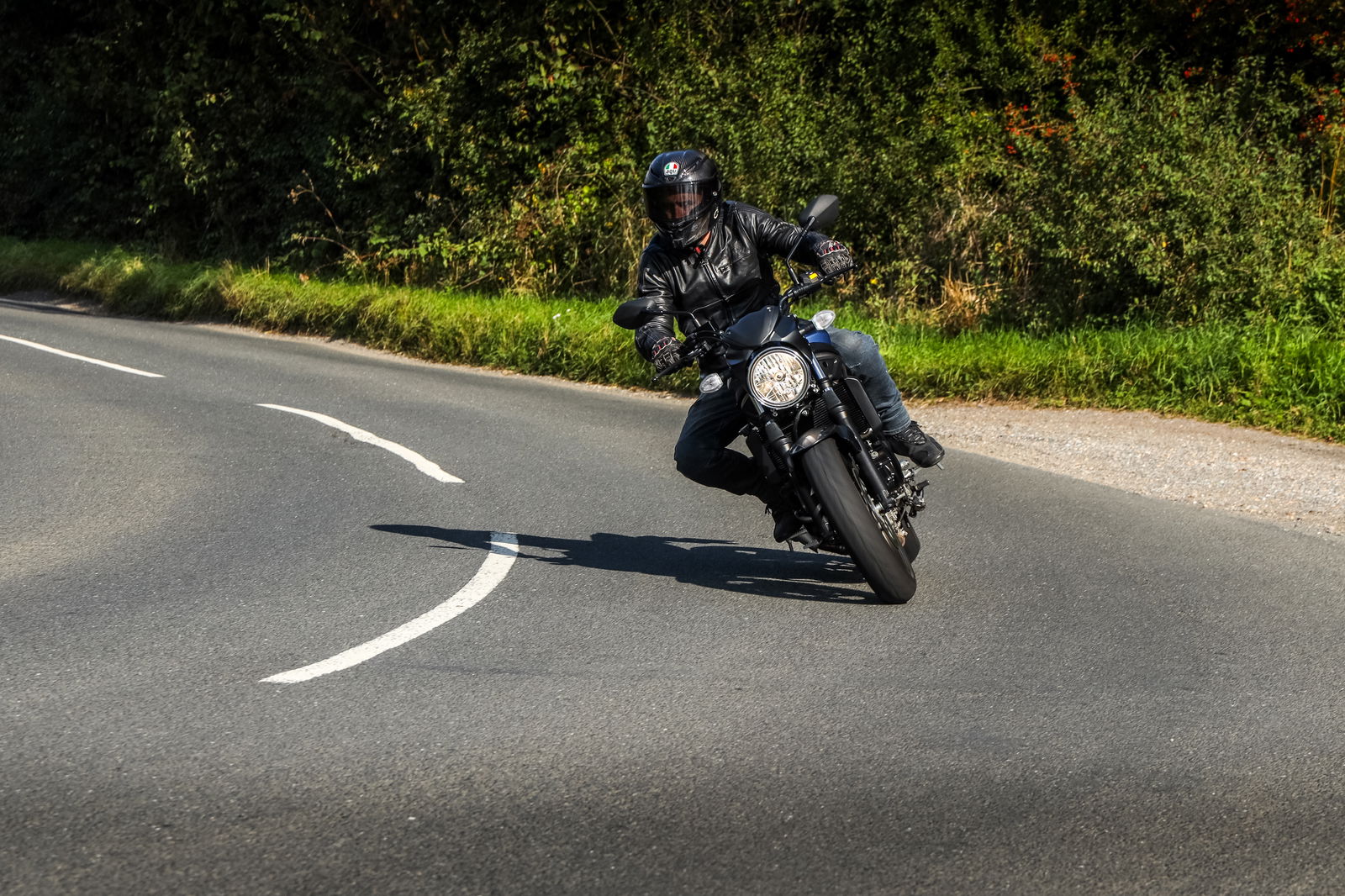
The SV650 is little changed from when it was first introduced, and features no traction control, a fairly rudimentary ABS system and traditional telescopic forks with no adjustability. The ride quality isn’t the best when you push on, and when riding the two bikes back-to-back the little SV is definitely starting to feel its age. Sure, it has a certain charm to it, but when pushed hard on UK roads you’ll definitely find its limit much sooner than you will on the GSX-8S. And that isn’t to say the SV is a bad handling bike, in the right hands and with some light modifications they can go like stink on the road and at a trackday. But to get that kind of performance out of a stock SV you’ll need to have a level of ability that most ‘new’ riders simply don’t possess.
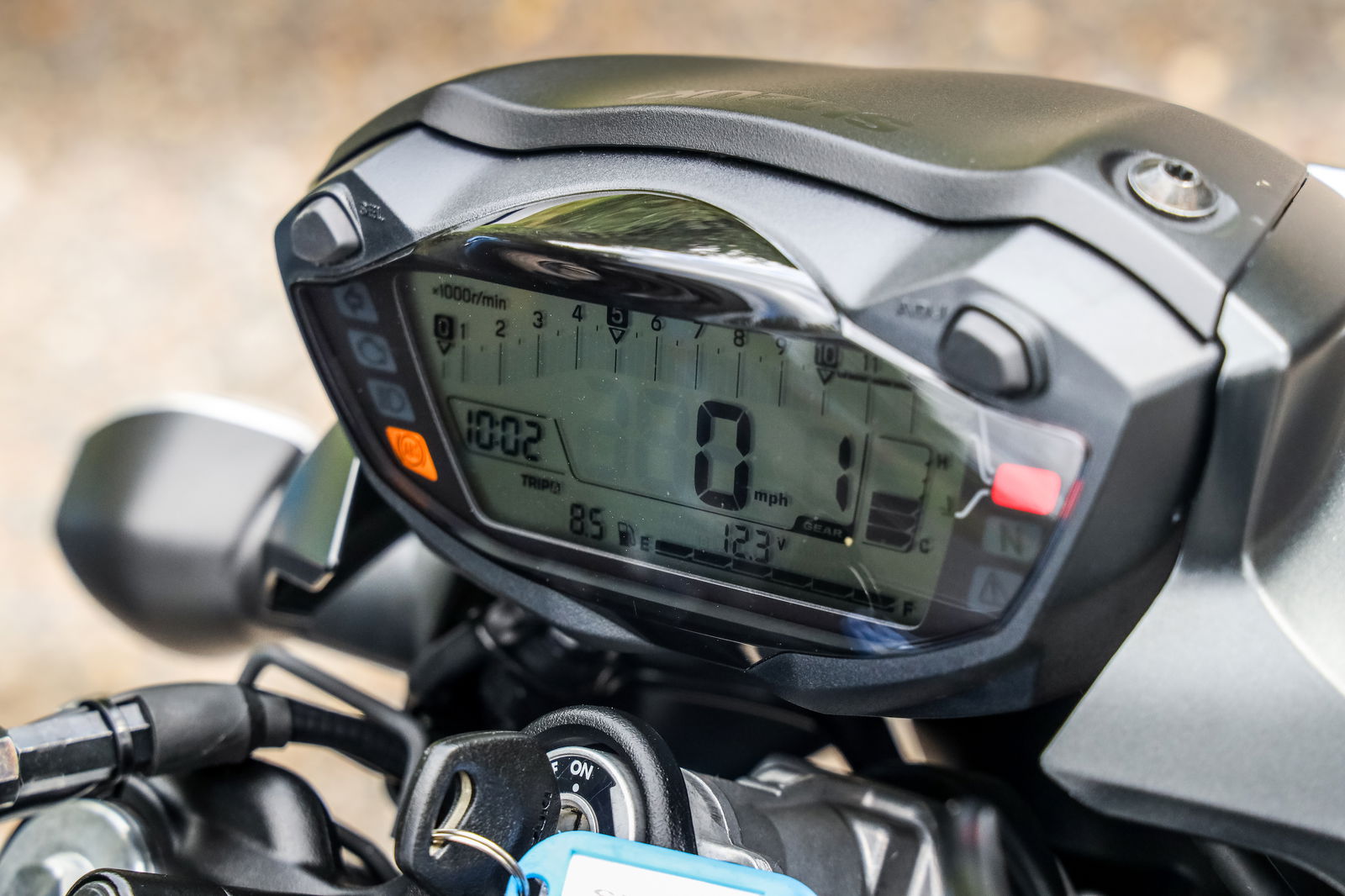
Away from hammering around country B-roads and back in the real world, you do begin to see why the SV650 is such a popular bike with riding schools, new riders, and those returning to the world of two wheels. It is still a very easy bike to ride about on normally, feeling light, agile and with an easygoing delivery that makes you think anyone (of any ability) could ride one. Sure, the LCD dash ages it considerably, but it’s clear to read and has all the information you’ll need. Added to that is a super light clutch, brakes that are progressive and a sweet gear change and throttle connection.
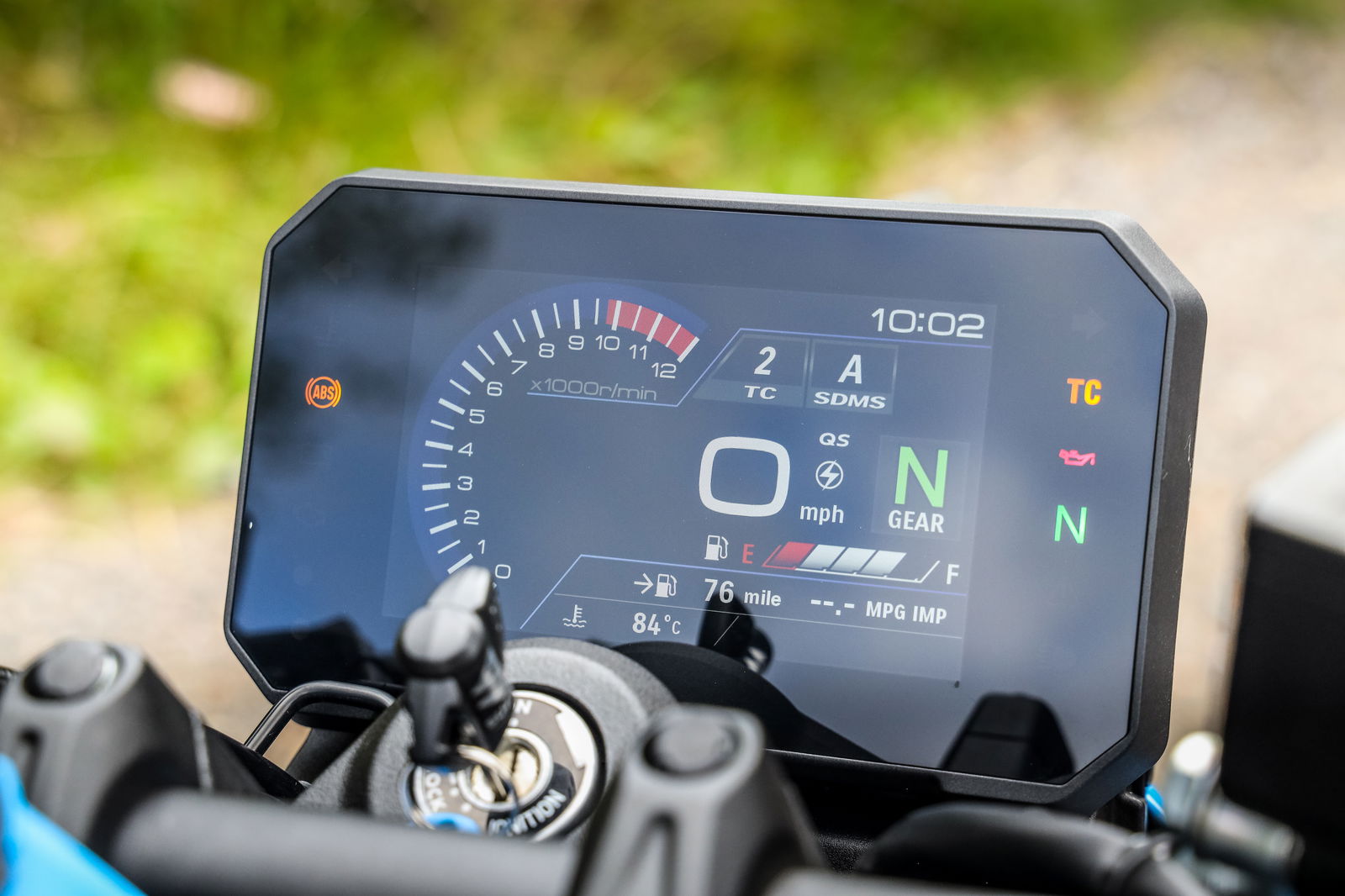
The SV also does another thing that the GSX-8S doesn’t do quite so well - it looks like a proper old-school roadster from the 90s or 2000s. For starters, it’s got a proper round headlight, and while it is fitted with an incandescent lightbulb (remember them!?). To me, it’s still a more attractive option than a robotic-looking face with an angular LED cluster. On top of that, there’s the lovely looking trellis frame, and while these aren’t exactly rare these days, with manufacturers leaning toward the parallel twin-cylinder layout more and more, perimeter and twin-spar frames are only getting more common. The benefits the more modern frame design brings to the bike can’t be denied, but the nicely welded and attractively coated trellis of the SV is a much nicer thing to look at.
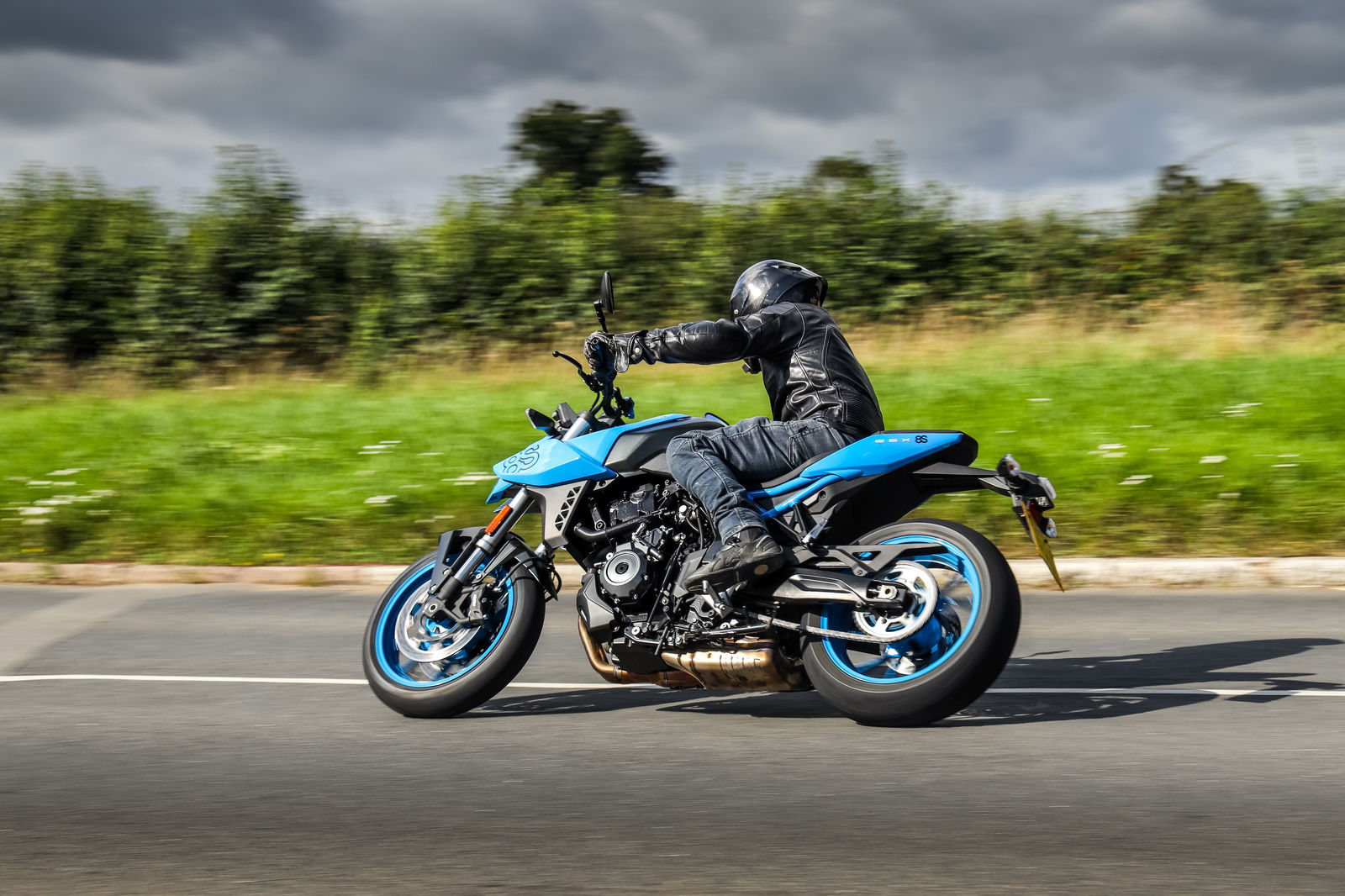
Taking it all into consideration, the new Suzuki GSX-8S and the SV650 sound less like siblings, and more like straight-up competitors. They are both looking to do a similar thing, although where the GSX focuses on engine performance, handling dynamics and styling, the SV is more content with wooing you with its undeniable charm and easygoing nature.
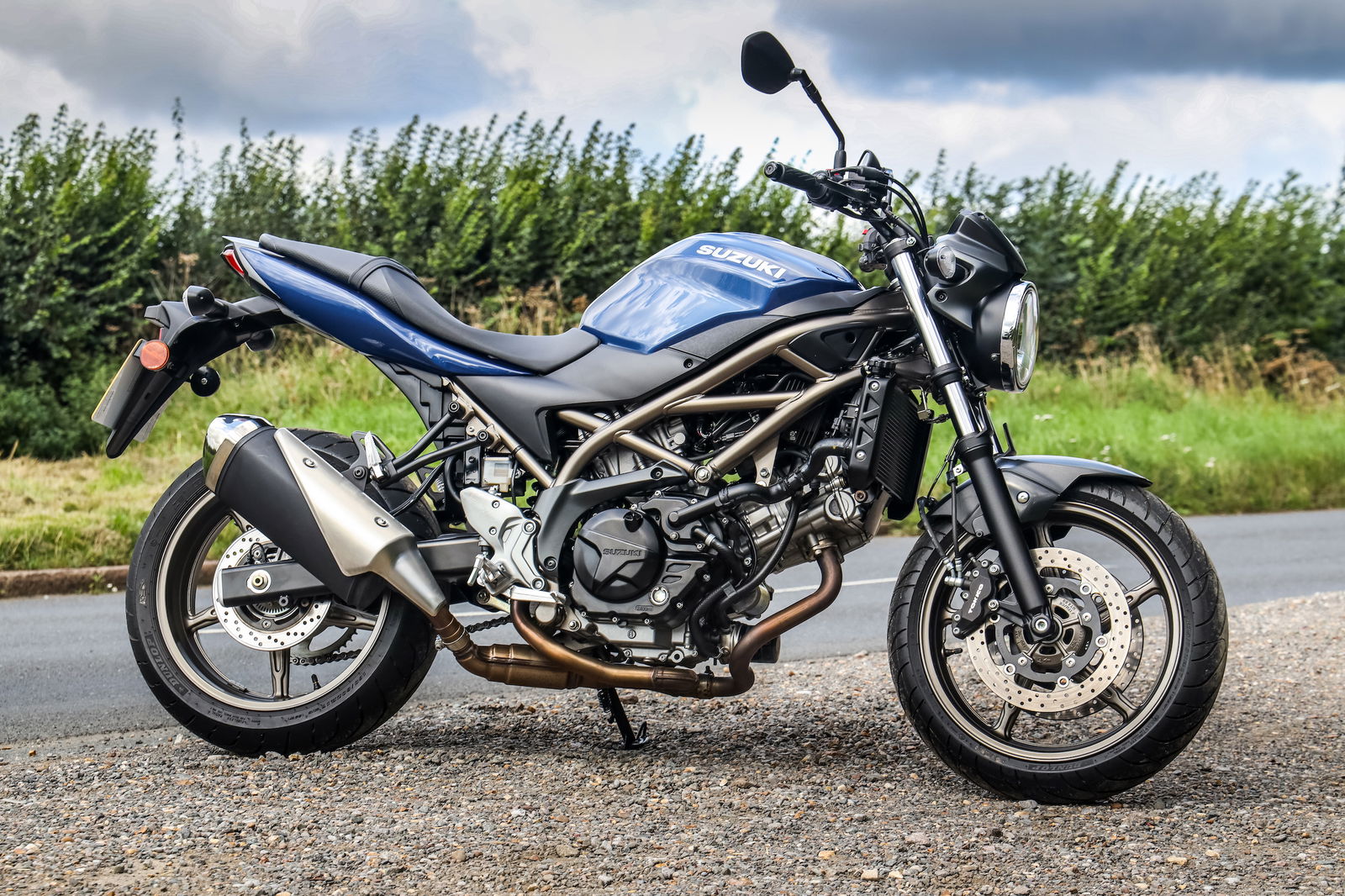
The SV650 won’t be allowed to live forever, emissions regulations will ultimately see to that, although I can’t help feeling like its natural successor might not be the perfect bike to fill its boots.

